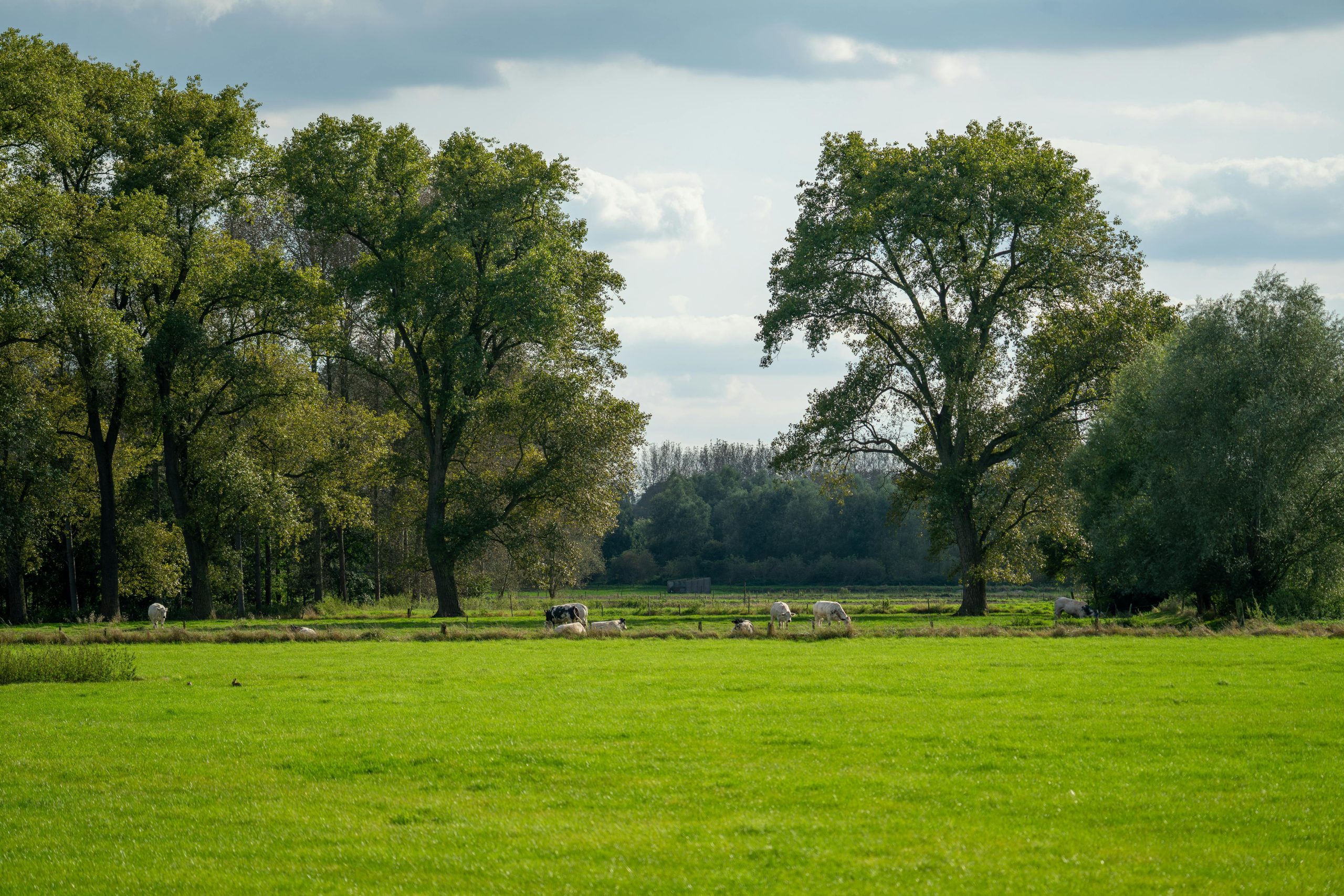Dairy Under Pressure: How to Meet Emissions Targets Without Undermining Productivity

Facing Climate Pressure with Confidence
The dairy sector is a major source of agricultural emissions in Europe, especially methane from cows, nitrous oxide from manure, and CO₂ from feed. Over 90% of a dairy company’s footprint comes from Scope 3, mainly from on-farm activities they don’t control directly.
At the same time, dairy is essential to Europe’s food system, producing 149 million tonnes of milk annually and generating €190 billion. New rules like CSRD and SBTi FLAG now require verified Scope 3 reductions. The challenge: cut emissions without compromising output.
The Risk of a One-Sided Approach
Reducing emissions by cutting herd size, eliminating fertilizer, or rapidly phasing in untested practices may seem like quick wins, but they carry economic risks. Most dairy processors rely on milk sourced from thousands of farms, many of them small and family-run. These farms operate under tight margins and are deeply embedded in existing feed, breeding, and supply systems. Without the right strategies and support, unilateral mitigation measures could lead to production loss, farmer resistance, or supply chain breakdowns.
What’s needed is a shift in how sustainability is implemented. Rather than imposing one-size-fits-all mandates, dairy leaders should focus on interventions that reduce emissions per litre of milk produced, not emissions at the expense of volume. This intensity-based approach aligns with both environmental goals and business continuity. Research shows that well-designed mitigation strategies can reduce the carbon footprint of dairy systems by up to 40–50% without compromising productivity, and in some cases, improving it.
Science-Backed Strategies That Reduce Emissions Without Sacrificing Productivity
ODOS Dairy Mitigation Strategy Catalog, developed with field experts, identifies high-impact interventions that reduce greenhouse gas emissions while preserving or enhancing economic performance. Here are the most effective approaches:
1. Methane-Reducing Feed Additives
Compounds like 3‑nitrooxypropanol (3‑NOP, sold as Bovaer) directly inhibit methane formation in the rumen. Meta-analyses report an average 25–30% methane reduction, with no drop in milk yield, and sometimes improved feed efficiency and milk solid content. These additives can reduce emissions by about 1.2 tons CO₂e per cow per year when used daily.
2. Manure Management & Biogas Systems
Improving manure handling, through covered storage, acidification, or anaerobic digesters, can cut methane and ammonia emissions by up to 80%, while generating renewable energy and high-value digestate. Public funding in the EU often supports these capital-intensive upgrades.
3. Precision Feeding & Nutrient Efficiency
Optimizing feed composition and reducing protein excess lowers nitrogen excretion and nitrous oxide emissions. Feeding strategies that match dietary needs precisely enhance nutrient conversion and reduce off-farm feed costs.
4. Nature-Based Grazing, Multispecies Swards & White Clover Silage
Well-designed grazing systems and diverse planting strategies have proven benefits for both climate and costs. Multispecies Swards, mixing grasses, legumes, herbs, and clover, can reduce emissions by up to 8.8% and save fertilizer costs. The mix improves forage quality and soil structure, lowering input needs while boosting animal health and productivity. White Clover Silage delivers a similar benefit, cutting emissions by around 7.8% and saving fertiliser costs. Legume-based silage fixes nitrogen naturally, reducing reliance on synthetic fertilizer and improving rumen efficiency.
Why These Strategies Work Together
No single intervention can fully decarbonize dairy farming. To meet climate targets, the sector must combine multiple scientifically validated strategies. Research shows that stacking measures, like feed additives, manure management, and crop improvements, achieve far greater GHG reductions than any single solution.
USDA simulation studies using the Integrated Farm System Model found that while most individual practices cut emissions by just 0.3–20%, combining them reduced dairy emissions intensity by an average of 46% (ARS, USDA). Crucially, these reductions were achieved without lowering milk output, and in many cases, feed efficiency and herd health improved, with neutral or positive economic impacts. This systems approach is both cost-effective and fully compatible with productive, profitable dairy farming.
How ODOS Helps
ODOS equips dairy processors and cooperatives with the tools to decarbonize effectively, without compromising milk output, farmer relationships, or compliance.
Our platform connects on-farm practices to verified Scope 3 data, enabling you to track real impact, identify your highest-leverage mitigation strategies, and meet CSRD and SBTi FLAG requirements. Whether you’re just starting to build your emissions baseline or scaling proven interventions across hundreds of farms, ODOS gives you the clarity and control to move fast, and the credibility to report with confidence.
